
Spring Back to Fitness with Caution
5/5/2025

With the arrival of warm weather, most of us are eager to get outside and resume those activities we put aside for the winter. We all know this is good for our overall health, but experts caution not to jump in feet first. Ease back into activities and exercise to prevent injury.
This advice is not just for those who hibernated through the winter on the couch binge watching Netflix. It applies to all of us, even if you consistently went to the gym or exercised at home.
Activities such as gardening, golfing, or throwing a baseball place strain on muscles and joints differently from those you have been doing inside. Even walking outside on varied terrain engages different muscles than walking on a treadmill.
As a result, it is important for everyone to resume or begin new activities with caution to prevent common spring injuries such as sprains and strains of muscles, ligaments, and tendons. The experts at Crystal Clinic Orthopaedic Center recommend the following 6 strategies:
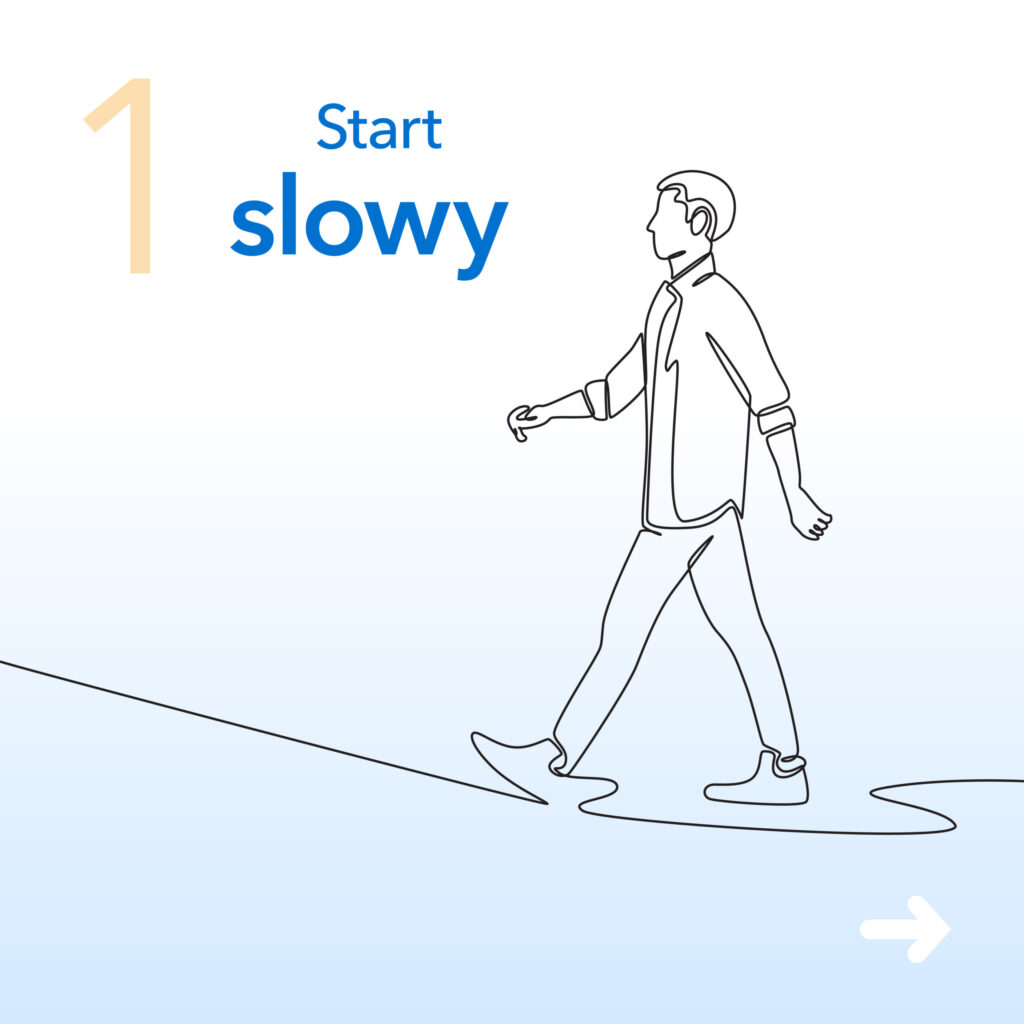
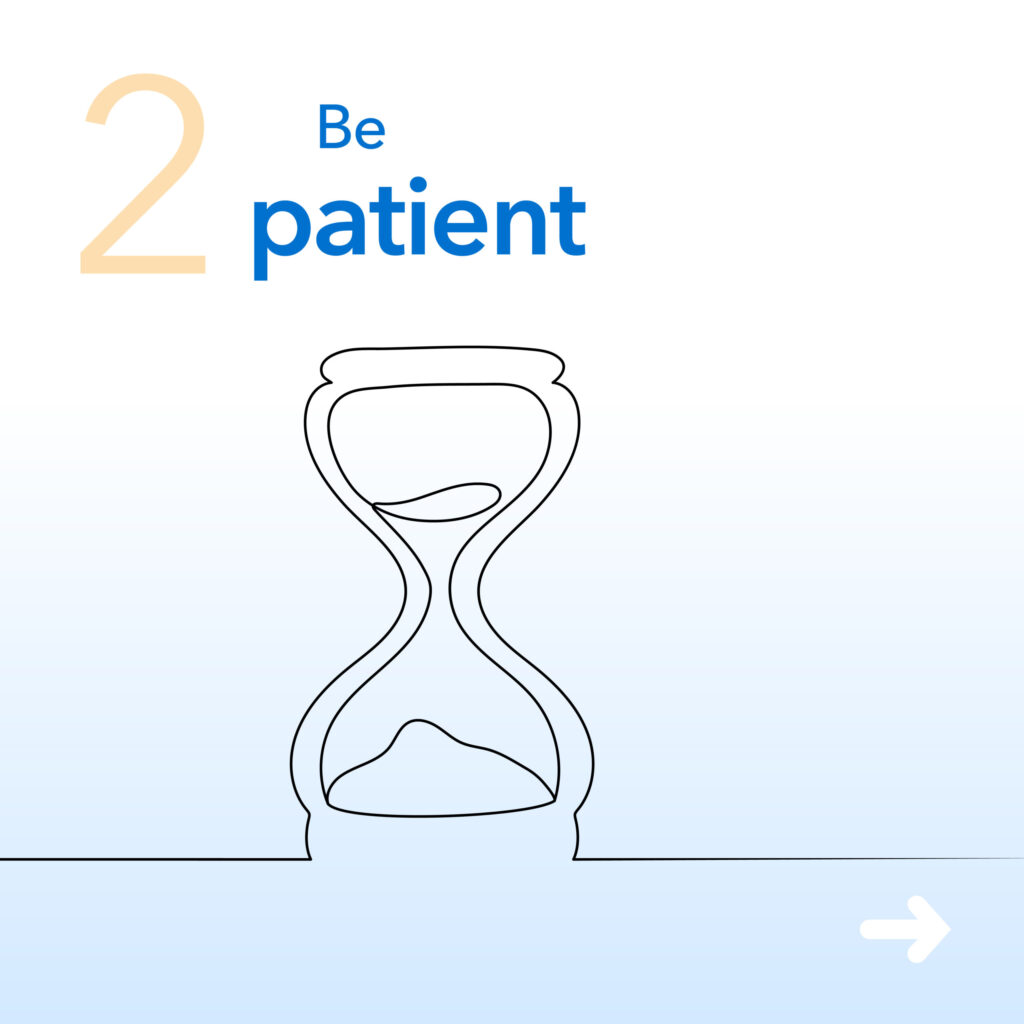
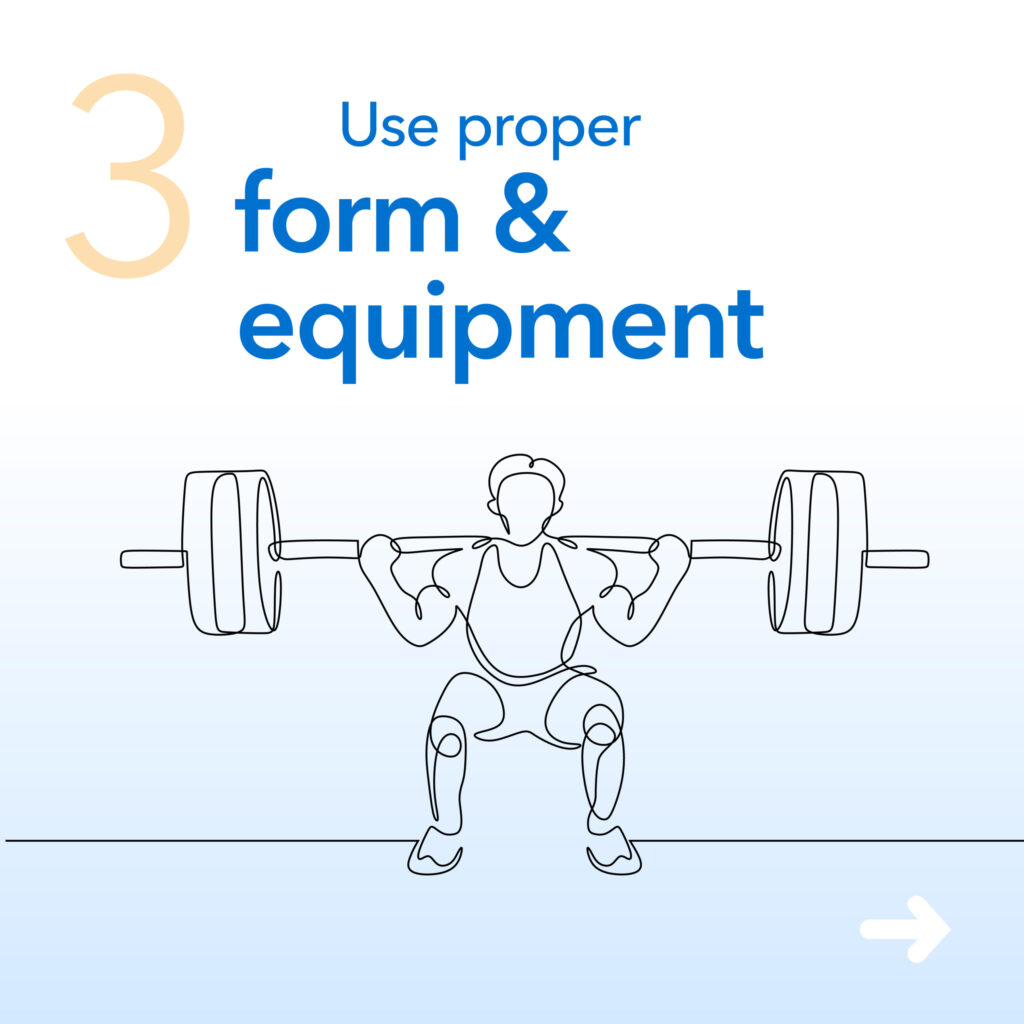
- Underestimate how much you can do. Don’t make the mistake of thinking you can jump right back to what you were doing in October. It is always best to start out with a little less than what you think you can do to see how your body handles the activity.
- Be patient. Experts recommend the 10 percent rule – increasing an activity by no more than 10 percent each week – to prepare your body and prevent injury. Remember, you might not experience muscle soreness the day after swimming for 30 minutes, but you could wake up with it two days later. Give your body time to recover.
- Use proper form and equipment. Concentrate on maintaining proper posture with all activities to prevent placing extra strain on your back and neck. Proper form while swinging a golf club or lifting weights helps prevent overloading certain muscles that can lead to injury. Also, be sure to have appropriate equipment, such as quality running shoes or ergonomic gardening tools, to reduce strain on muscles and joints.
- Mix it up and avoid repetitive motion. Rotate activities such as running, swimming, and golfing, that utilize different muscles to give your body a rest and reduce the risk of overuse injury.
- Stretch and warm up. Properly stretching and warming up before any activity increases blood flow to the muscles, resulting in decreased stiffness and lower risk of injury. When stretching, be sure to spend time on those muscles involved in the specific activity you will be doing.
- Listen to your body. Take a break for a day or two if you have soreness or stiffness, and stop if you feel discomfort or pain during an exercise.
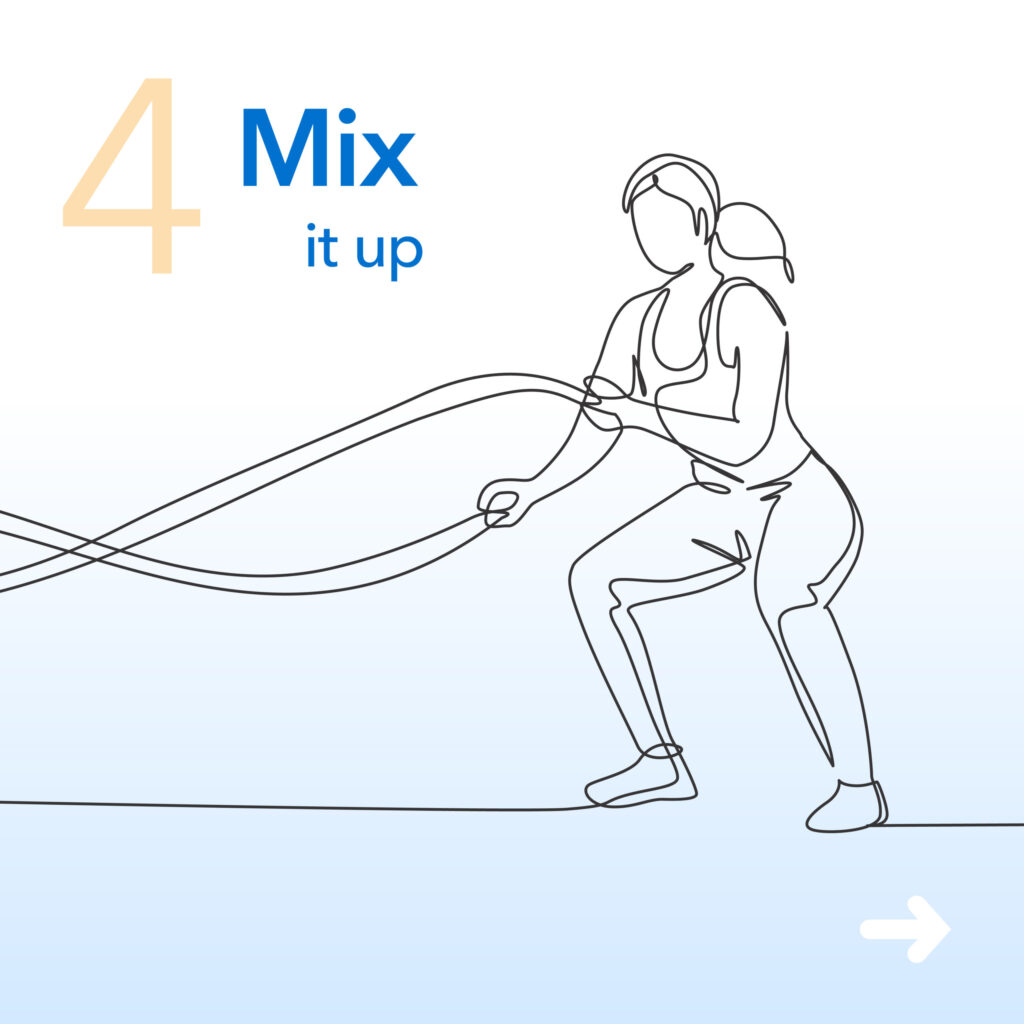
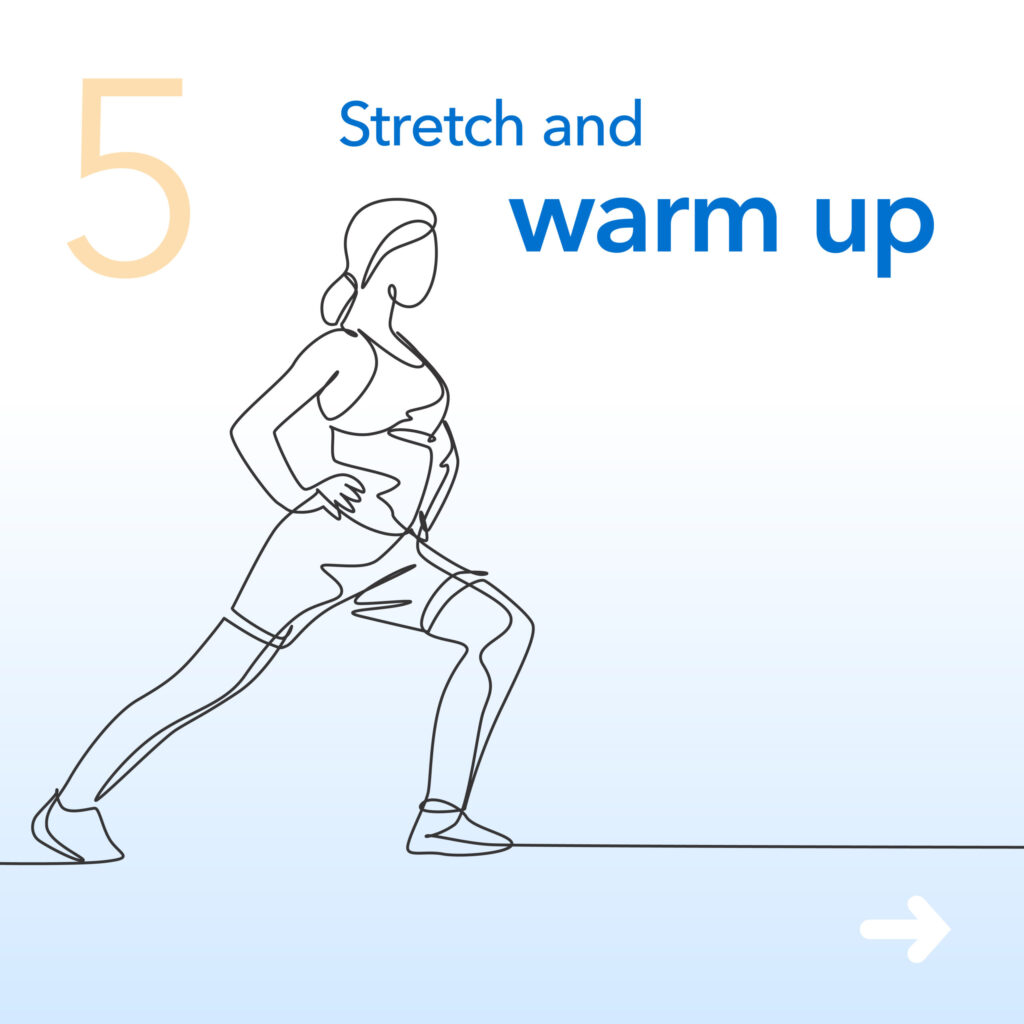
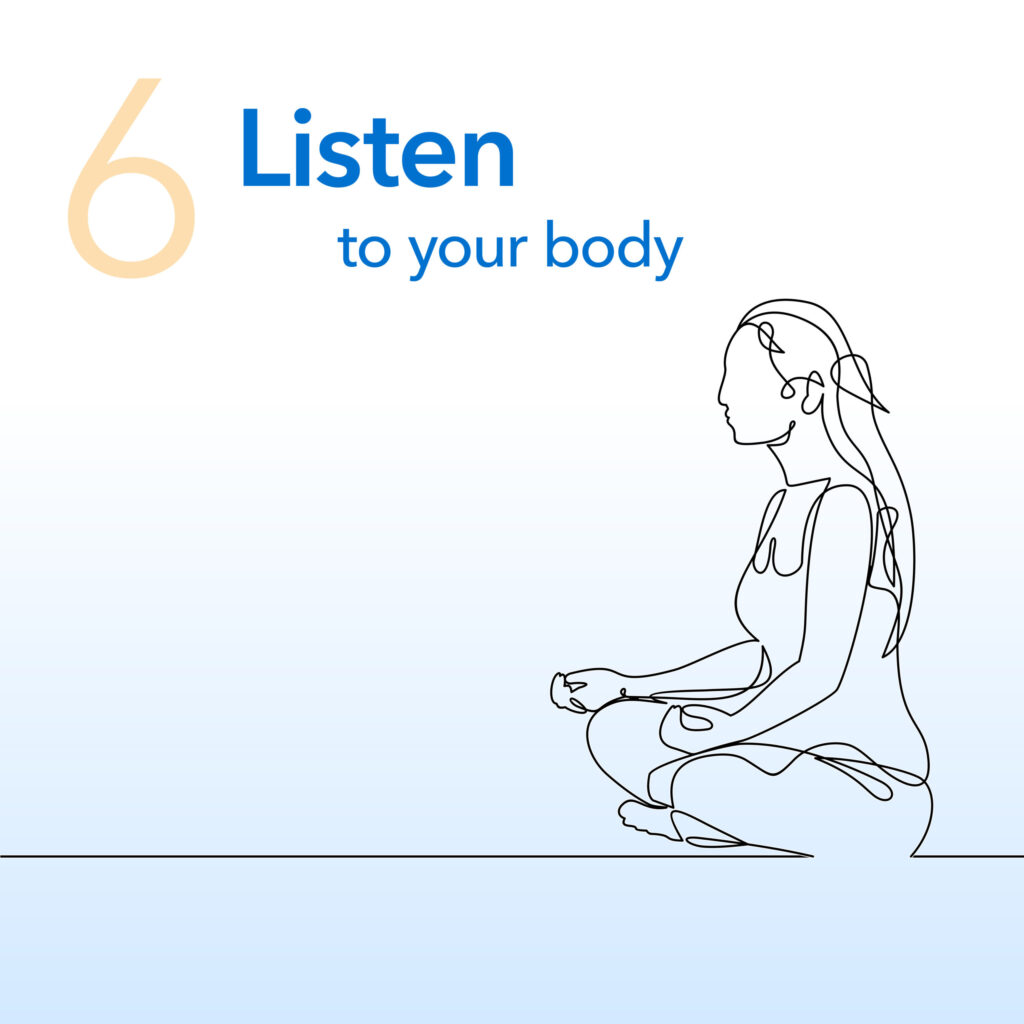
If you experience stiffness or discomfort that is not resolved in two weeks by at home treatments such as ice, anti-inflammatories, and rest, it is best to seek the advice of your physician. As always, if your pain is sudden or intense, seek medical attention right away.
